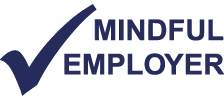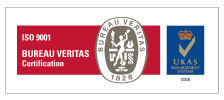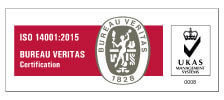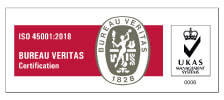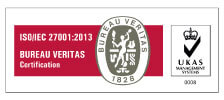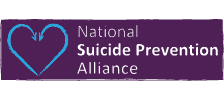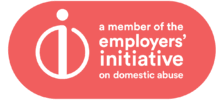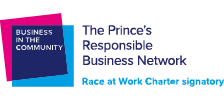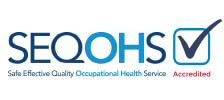During the COVID-19 pandemic, more and more people began working remotely—many alone. Lone workers are a unique proposition, with their own potential risks. It can be hard as a business owner to know what to do to keep your lone workers safe—so we’ve put together a free lone working risk assessment template to help. You can download it at the end of this short article/
What is a lone working risk assessment?
When people work alone, there are added risks. It’s obvious that someone working alone with machinery, for example, could get into a lot of trouble if something went wrong, and no-one was around to help. But there are risks to any lone worker, including remote workers who use IT equipment all day.
A lone working risk assessment, helps you to identify potential risks, and put in place measures to combat them. It’s a proactive method of making sure your people are safe and protected.
Is a lone working risk assessment a legal requirement?
It absolutely is. It’s a part of your duty of care.
As we say, working alone confers unique risks. And looking after your people—whether key workers who are on-site, or remote workers doing their best from home—is the top priority of a responsible and caring employer.
Should you be asking ‘is a lone working risk assessment required when working from home,’ then yes—if the employee is working alone.
What should a lone working risk assessment address?
When you are carrying out your lone worker risk assessment, you should consider the risks that are unique to lone working and include them on the risk assessment template.
- Environmental Risks: Risks with the work environment and how easily they can access help if required.
- Health Risks: If you have people who suffer from medical conditions, such as diabetes, asthma, or high blood pressure, consider what would happen if they were suddenly unwell.
- Social Risks: When you complete the lone worker risk assessment template, consider the hazards of working with the public present and how you intend to mitigate them.
How to carry out a lone working risk assessment
Carrying out the assessment is quick and simple. Using the lone working risk assessment template, ask some of the following:
- Does the employee come into contact with harmful substances?
- Has the employee been given proper DSE training?
- Is there enough space and ventilation in the employee’s work space?
- Has the employee been given clear instructions and contacts in case of emergency?
- Does the employee suffer any conditions that could require supervision?
Note down any issues, and the controls you can put into place to mitigate them. Use this lone working risk assessment checklist as a guide:
- Who might be harmed by potential risk, and how?
- What action are you currently taking to control those risks, and what more can you do?
- Who is responsible for those actions?
- When must these actions be completed? Are they ongoing?
Get help from Health Assured with lone working
These are the basics of a lone working risk assessment. To carry out your own, simply download the lone working risk assessment template using the button below.
It is your responsibility to look after your employee’s wellbeing at work. If you don’t, you will face legal consequences, see your best employees leave, and experience decreased productivity.
Having wellbeing resources, such as an EAP or our app, you can support your employee’s wellbeing and keep productivity high.
Want to find out more? Book a free consultation with one of our wellbeing consultants. Call 0844 891 0352for ideas on promoting health and wellbeing at work.
Download or call us 0800 206 2532




